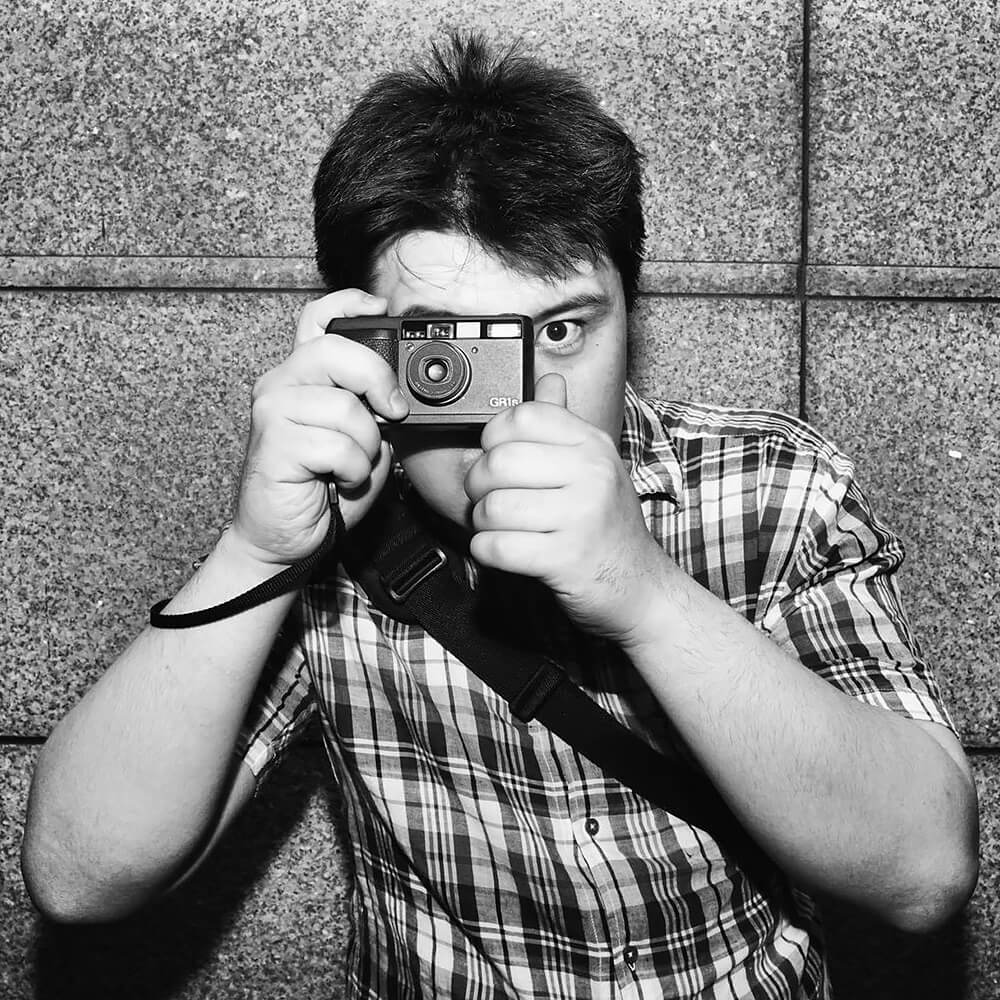I'm a biracial Korean-American photographer who works in both South Korea and the USA. Frequent travel between these two countries has provided me a unique perspective of Korean identity and its relationship to both global and regional communities. As an artist, I'm interested in creating work that gives voice to others and I often volunteer my efforts to marginalized communities.
My work has been awarded by the Magnum Photography Awards, Sony World Photography Awards, LensCulture, IPA, MIFA, TIFA, as well as exhibited at the Aperture Summer Open: On Freedom. I've also been twice selected as a Critical Mass Top 50 artist by Photolucida and a three-time recipient of PDN's Annual Exposure Award. Additionally, I am an alumnus of the prestigious Eddie Adams Workshop and was named the 2017 Dorothy Liskey Wampler Eminent Professor in the School of Art, Design and Art History at James Madison University.
Losing Face
"Losing Face," documents the energy and emotions surrounding the impeachment protests of South Korean President Park Geun-hye. In October 2016, her relationship with a shadowy advisor from a shaman-esque cult was revealed to extend to acts of extortion. Protests were then held every weekend until Park was formally removed from office in early March 2017. This is what it looks like when the South Korean President loses face.
This Is Not an Exit
"This Is Not an Exit," bears witness to my father's unexpected struggle with Stage 4 pancreatic cancer as well as documents my mother's grief after his passing.
Tying my photography to my mother's narration of events, we weave an intimate family record- one of vision and voice. Bound together through a personal process of grief, I hope "This Is Not an Exit" creates an emotional map, one that reveals our connectedness to each other while also furthering an understanding for all those navigating the loss of a loved one.
More about Losing Face
